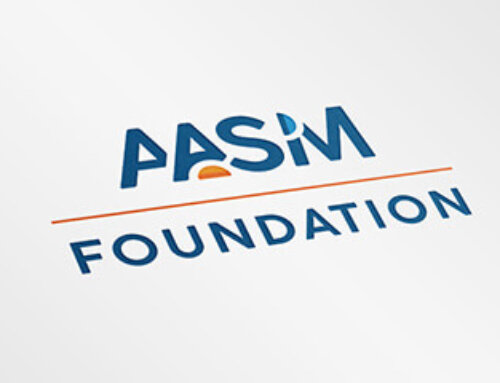EMBARGOED FOR RELEASE: June 8, 2009, at 12:01 a.m.
CONTACT:
Kelly Wagner
(708) 492-0930, ext. 9331
WESTCHESTER, Ill. – According to a research abstract that will be presented on Monday, June 8, at SLEEP 2009, the 23rd Annual Meeting of the Associated Professional Sleep Societies, adolescents’ ability to stay alert and fully function during the day is impaired by the late-night use of technology and consumption of highly caffeinated beverages in the late afternoon.
Results indicate that teens getting between eight and 10 hours of sleep on school nights tended to have 1.5 to 2.0 fnew lower multitasking indices compared to those getting less sleep. Of the participants, 33 percent fell asleep in school. Caffeine consumption tended to be 76 percent higher in those who fell asleep.
According to principal investigator Christina Calamaro, PhD, at Drexel University in Philadelphia, most of the participants began to drink caffeinated beverages after school, around 3 p.m. Participants who multitasked the most had the greatest caffeine intake. The combination of drinking caffeine in the afternoon and multitasking led to a 70 percent greater chance of falling asleep in school and having difficulty falling asleep during the week.
“Our study found that many adolescents used multiple forms of technology late into the night and concurrently consumed caffeinated beverages,” said Calamaro. “Often several types of technology (cell phone, text messages, DVD, or computer for example) were used simultaneously (‘multitasking’). As a result, adolescents had difficulty staying awake and alert throughout the day.”
The study included students recruited from a pediatric office in a suburb of Philadelphia. Participants were between the ages of 12 and 18 years. Students reported intake of caffeinated drinks, use of nighttime media-related technology and sleep behaviors. All data were collected during the school year, beginning in the fall and ending in early spring (late September until early March).
Adolescents often struggle to obtain a sufficient amount of sleep during the school week due to a biological change that occurs during puberty, which makes falling asleep in time to obtain the required 8-10 hours of sleep for full restoration difficult. Students who use multiple forms of technology late into the night and consume caffeinated beverages subsequently may suffer from excessive daytime sleepiness.
The authors also published their results in the June 2009 issue of the journal Pediatrics.
Parents who notice an ongoing sleep problem in their child should talk to their pediatrician or a sleep specialist at a sleep center accredited by the AASM. Centers can be found at: https://www.sleepcenters.org/.
The annual SLEEP meeting brings together an international body of 6,000 leading researchers and clinicians in the field of sleep medicine to present and discuss new findings and medical developments related to sleep and sleep disorders.
More than 1,300 research abstracts will be presented at the SLEEP meeting, a joint venture of the AASM and the Sleep Research Society. The three-and-a-half-day scientific meeting will bring to light new findings that enhance the understanding of the processes of sleep and aid the diagnosis and treatment of sleep disorders such as insomnia, narcolepsy and sleep apnea.
Abstract Title: Adolescents living the 24/7 lifestyle: effects of caffeine and technology on sleep duration and daytime functioning
Presentation Date: Monday, June 8
Category: Pediatrics
Abstract ID: 0200
###




